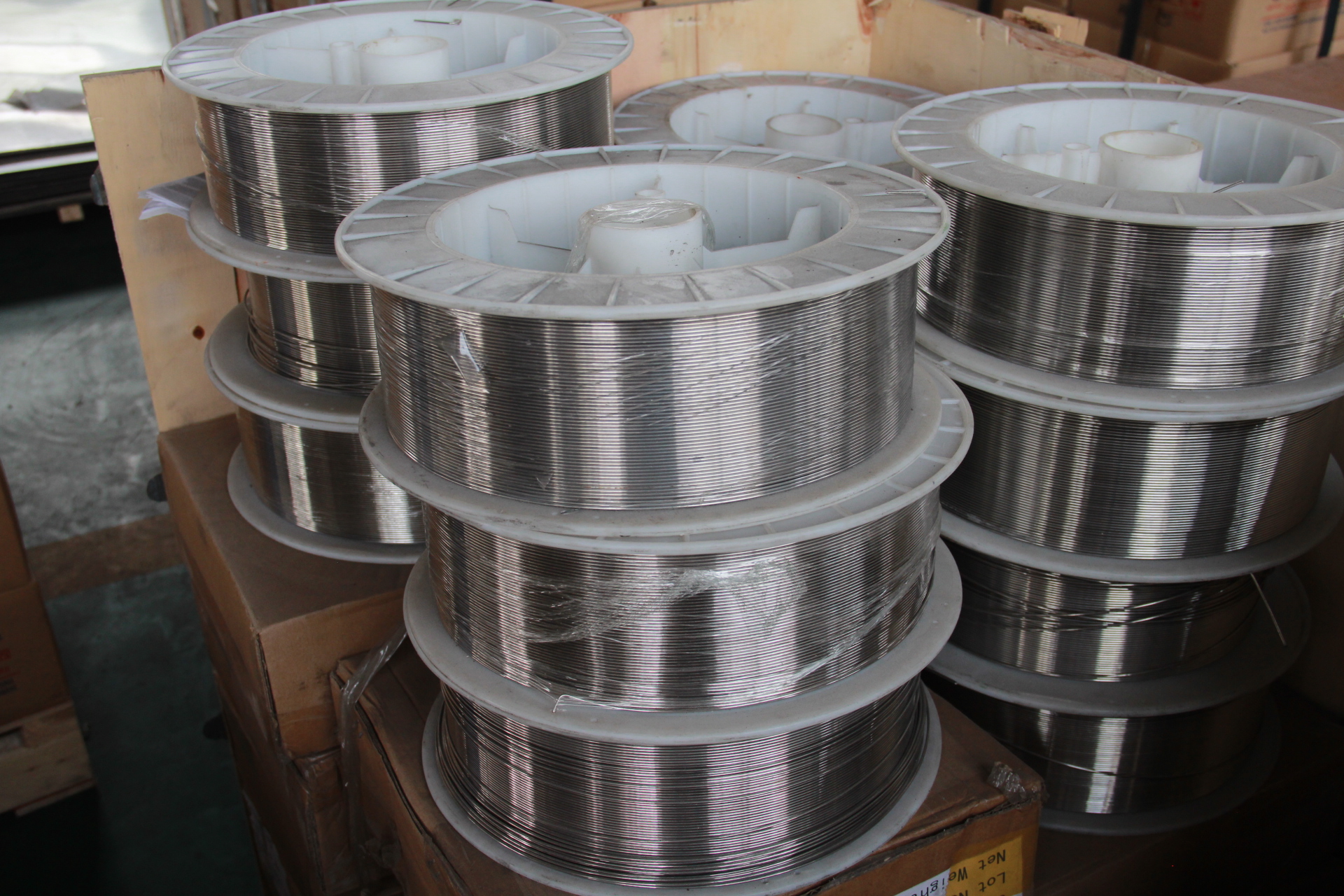After the corn is squirmed, it begins to enter the reproductive growth stage, and the leaf area coefficient reaches the maximum during this period. The silking period is the most critical period for determining the number of grains. After entering the grain period, it is an important period for determining grain weight and an important growth period for grain yield. This period plays a decisive role in corn yield and is also a period of frequent pests and diseases. In order to achieve high yields, it is necessary to strengthen the field management during this period.
1. Watering at the right time
At the ear of corn, the water consumption is the largest, accounting for 30% to 35% of the total water consumption in the whole life. The water consumption intensity during the tasseling period is the largest, which is the critical period of corn water demand. Drought and water shortage will cause different degrees of production reduction, or even failure. Influencing the yield, when the relative water content of the soil is less than 70%, it is necessary to water in time to avoid the drought and reduce production.
2, supplement application of granular fertilizer
The earing stage is the period in which the corn needs the most fertilizer and the maximum fertilizer intensity in the whole life. It should be topdressed according to the situation. For the de-fertilized corn, the grain fertilizer is generally applied during the tasseling to the silking stage, mainly based on nitrogen fertilizer, and urea is applied per acre. About kilograms can promote the grain filling and increase the seed setting rate and grain weight.
3, cultivating soil
Interplanting can improve soil permeability and fertilizer supply, promote root development, and remove weeds. Soil cultivation can increase the formation of corn roots, and cultivating soil can enhance the lodging resistance of corn. Because of the windy autumn, it often causes corn to fall. Therefore, it is necessary to cultivate the soil in time after the corn is topdressed to prevent the occurrence of lodging. If the lodging occurs in the late stage of corn growth, it will seriously affect the formation of yield, which can cause serious harvest.
4, pest control
Pest control should be detected early and early prevention. Common pests and diseases in the late corn period include: stem rot, leaf spot, smut, corn borer, armyworm, aphid, etc., and should be actively controlled. For the armyworm, use 1.5% of 2.5% deltamethrin emulsifiable concentrate per acre, and water 20-30 kg. When it occurs seriously, the interval is 7-10d, and it is sprayed 2-3 times. For corn leaf spot, spray with 5% chlorothalonil or 75% mancozeb, 70% thiophanate-methyl, etc., 500-800 times. Spraying can be combined with spraying potassium dihydrogen phosphate to prevent premature aging.
5, suitable for late harvest
The promotion of suitable late harvest technology can ensure that corn has sufficient grouting time, which is an effective measure to increase grain weight and increase production and income. Strive to harvest corn at the end of September and early October. The standard of corn maturity is that the leaves are white, dry and loose, the milk line disappears, and the grain is shiny. At this time, the grain weight is the highest. This technique does not require any additional cost investment. It is proved that for every one day delay, the 1000-grain weight is increased by about 3 grams on average.
Alloy steel refers to steel with high strength and good chemical stability at high temperature. It includes two types of anti oxidation steel (or high temperature resistant steel) and hot steel. Anti oxidation steel generally requires good chemical stability, but the capability is limited. High temperature strength and the corresponding oxidation resistance of heat and strong steel are required. Heat-Resistance Steel is often used in the manufacture of boiler, steam turbine, power machinery, industrial furnace and aviation, petrochemical and other industrial sectors in the work of the high temperature parts. In addition to the requirements of high temperature strength and high temperature oxidation corrosion, sufficient toughness, good shaping and welding are also required according to the different use, as well as a certain organizational stability. In addition, some new low chromium nickel oxidation are also developed .
Heat-Resistance Steel
Heat-Resistance Steel ,Heat-Resistant Material Handling Steel,Heat-Resistant Steel Tube,Heat-Resistant Black Round Steel Pipe
Jiangsu nickel alloy Co.,Ltd , https://www.xhalloy.com